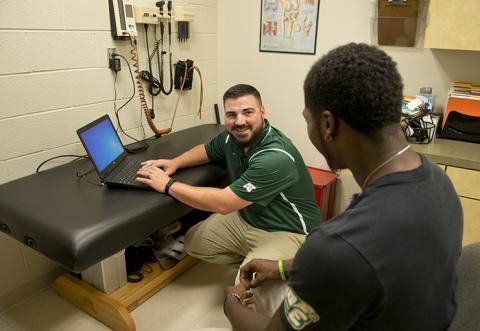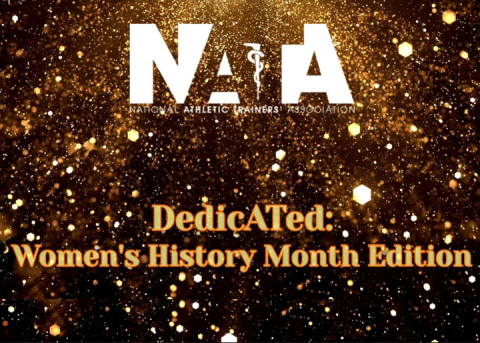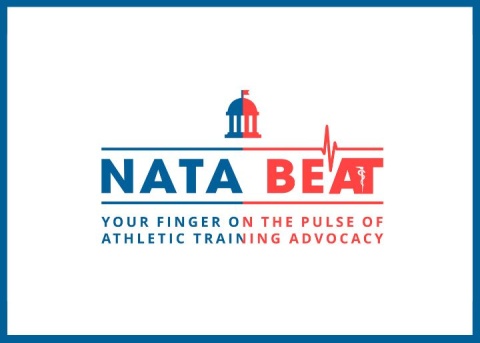
As athletic trainers continue to gain recognition and credibility in the health care arena, new standards are being placed on those in the profession—one such being documentation.
To ensure these expectations are being met, members of the NATA Secondary School Athletic Trainers’ Committee and the Intercollegiate Council for Sports Medicine (formerly the College/University Athletic Trainers’ Committee) received permission from the NATA Board of Directors to form a work group and create the Best Practice Guidelines for Athletic Training Documentation, a resource now available to all NATA members.
“They were concerned that, as [athletic trainers] move into this realm of medical professionals, we weren’t doing everything that medical professionals typically do, and documentation was one of the biggest things,” said Charlie Thompson, MS, ATC, chair of the work group. “They looked at documentation as having several benefits, first and foremost being patient care. Many of our athletic trainers are now working in combination with other clinical professionals and so the continuity of care requires better documentation.”
While the idea of the work group came from athletic trainers in the collegiate and secondary school settings, athletic trainers in all settings and with various expertise were brought in and consulted to ensure all aspects of the profession were considered and included in the documentation guidelines.
“We had a pretty diverse group and the reason we had a diverse group is because we wanted to know what was going on in all of the different areas and what we needed to address,” Thompson said.
Members of the Committee on Practice Advancement provided insight into what athletic trainers in the emerging setting—a setting that typically has more stringent documentation rules—are currently doing. The NATA Government Affairs Committee educated work group members about the various state laws and regulations relating to athletic trainers and documentation. Athletic training educators were also brought in to discuss what is currently being taught in regards to documentation and its importance.
With this insight, the work group began compiling the guidelines. When they began, however, they were unsure of how in depth they should be, Thompson said.
“We started with this huge plan, but as we got into it, we kept cutting stuff because we had long dialogues about what we should tell people is the expectation,” Thompson said. “We didn’t want to paint anyone into a corner. We recognize that some athletic trainers don’t have the opportunity to document as diligently as other do. We didn’t want to put anyone in a position that they were being held to a higher standard than they could realistically handle.”
The work group wanted the Best Practice Guidelines for Athletic Training Documentation to be easily digestible for readers, so the 13-page document is broken into eight sections, which cover relevant terminology, rules and regulation and setting-specific considerations. Thompson said there is also a section on technology. Since technology is so prevalent in everyday life, the work group wanted to clarify what is and what isn’t appropriate to use in regards to documentation.
“One big thing you see over and over is that people need to discuss with their administrators—no matter what setting they’re in—as to what is the expectation on documentation,” Thompson said. “Everybody is going to have a different expectation, not just when it comes to their setting but also their particular workplace.”
Thompson said it’s important to know an employer’s documentation expectation and standards because documentation not only improves patient care and continuity, it also a way to protect the athletic trainer and employer.
As health care professionals, Thompson said it is important that all athletic trainers follow documentation best practice guidelines.
“Read them, understand them,” he said, adding that as a living document the guidelines will be updated whenever changes are made to state laws, technology or expectations related to documentation. “This is important.”
For more information, visit the Documentation section of the NATA website.




